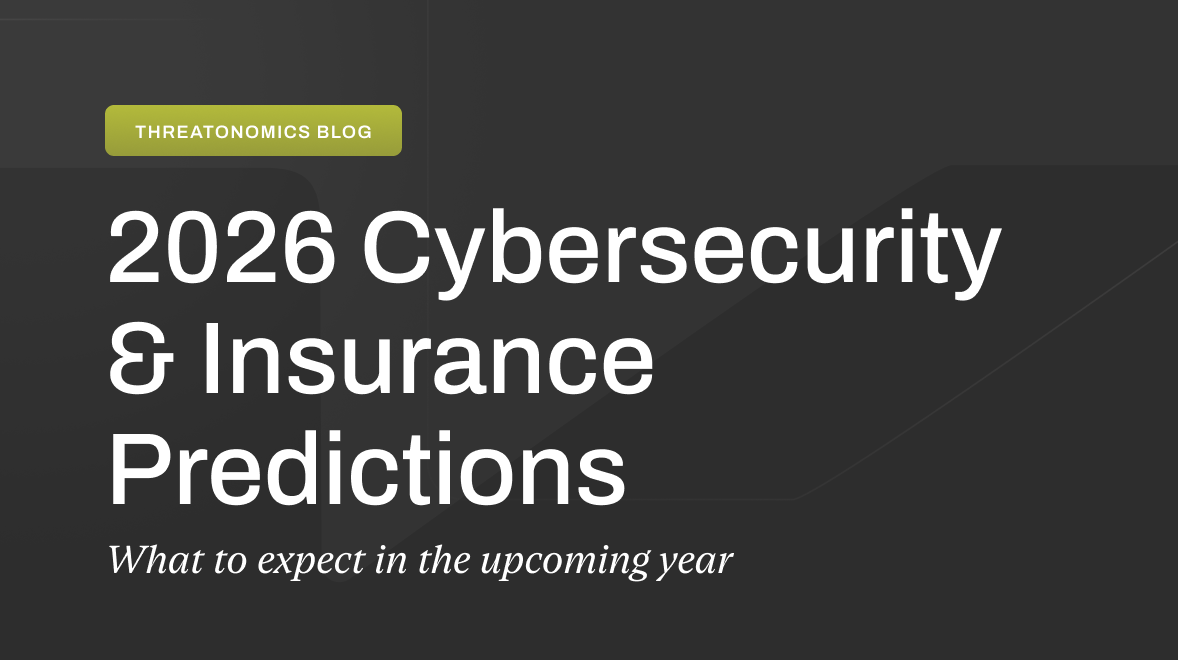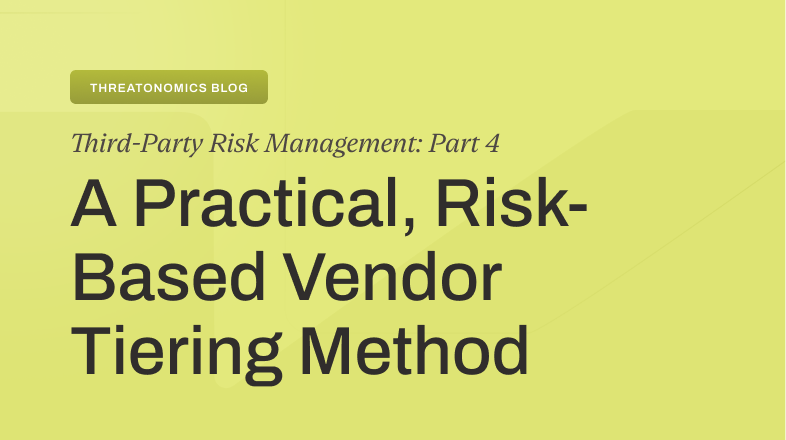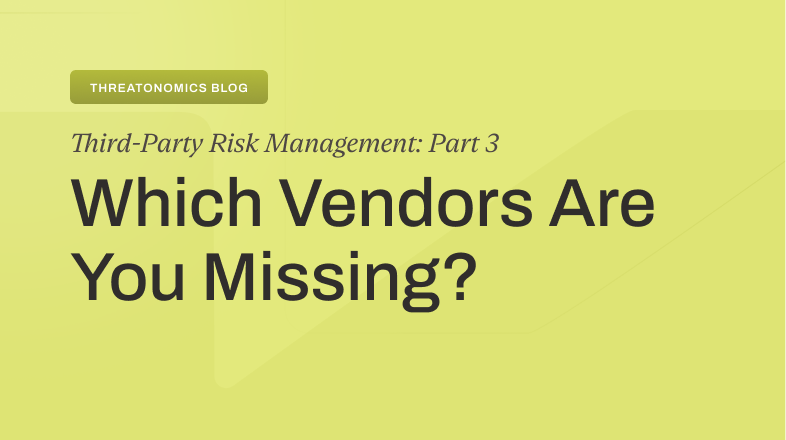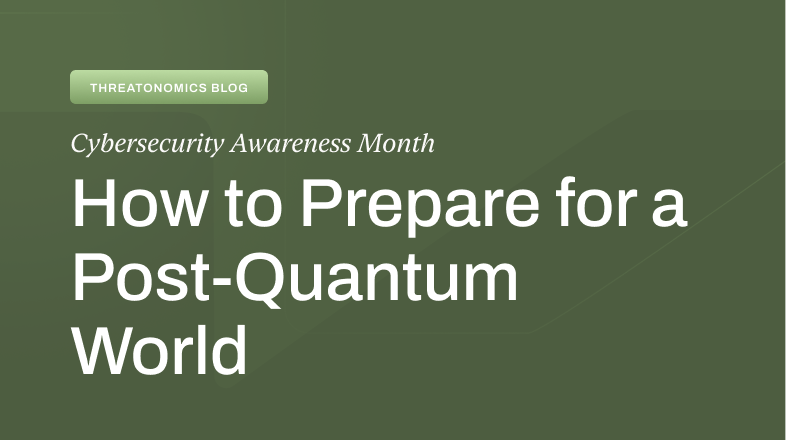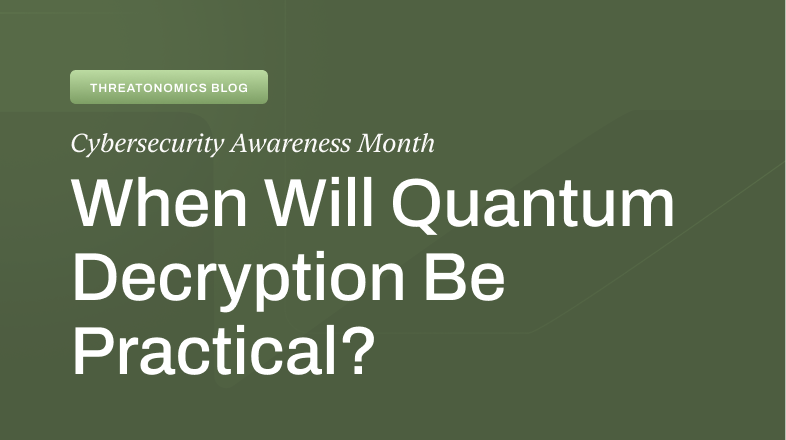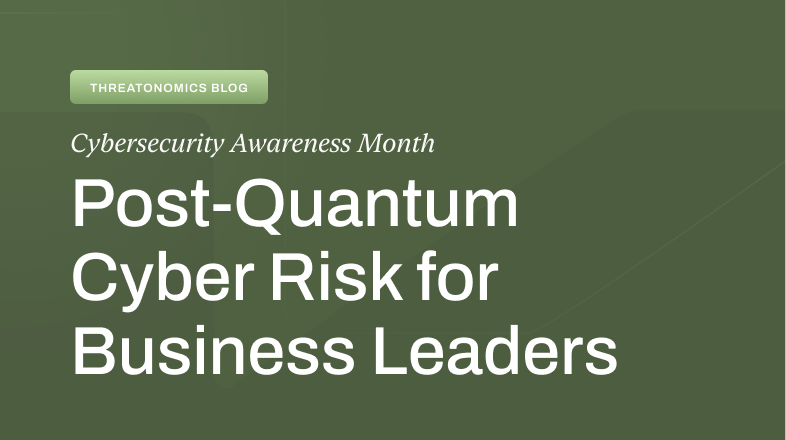The dark web, accessible only through specific software, stands out for its encryption and privacy, which unfortunately also makes it a hotspot for illegal activities such as data breaches and illicit trade. The anonymity it offers users is a double-edged sword, presenting challenges and opportunities in cybersecurity. For businesses, especially those operating in industries like finance or personal data services, understanding how to monitor this hidden part of the internet is crucial for their security strategies.
The challenges in extracting valuable data from the dark web are significant. Its encrypted and anonymous nature makes traditional monitoring methods less effective, yet the intelligence derived from this area is invaluable. Businesses use insights from the dark web to foresee potential threats and strengthen their cybersecurity measures accordingly.
Real-World Applications and Ethical Considerations
The practical use of dark web data in business is increasingly evident. Monitoring this part of the internet helps companies detect compromises to their systems or data breaches early on. For example, identifying exposed employee credentials can prompt a swift organizational response, such as forced password resets and security audits, to prevent further damage.
Dark web intelligence plays a pivotal role in shaping threat intelligence. It helps businesses understand the spectrum of cyber threats and prioritize security measures to protect against them. This proactive approach is vital in mitigating risks before they escalate into more severe problems.
Ethical Considerations
As dark web monitoring tools become more powerful, they raise significant ethical questions regarding privacy and surveillance. The methods used to collect this data must balance effective surveillance with the right to privacy, requiring careful ethical consideration.
The ability to monitor the dark web effectively often involves techniques that can infringe on individual privacy rights. For instance, collecting and analyzing vast amounts of data might inadvertently include collecting personal information about individuals not engaged in illegal activities. Businesses must navigate these waters with a clear policy respecting legal boundaries and moral expectations.
The future will demand a careful balancing act from policymakers and cybersecurity professionals to develop guidelines that respect privacy while still allowing effective surveillance of criminal activities on the dark web. Engaging in ongoing dialogue among technology providers, legal experts, civil rights advocates, and government entities is essential to ensure that cybersecurity measures do not cross ethical boundaries.
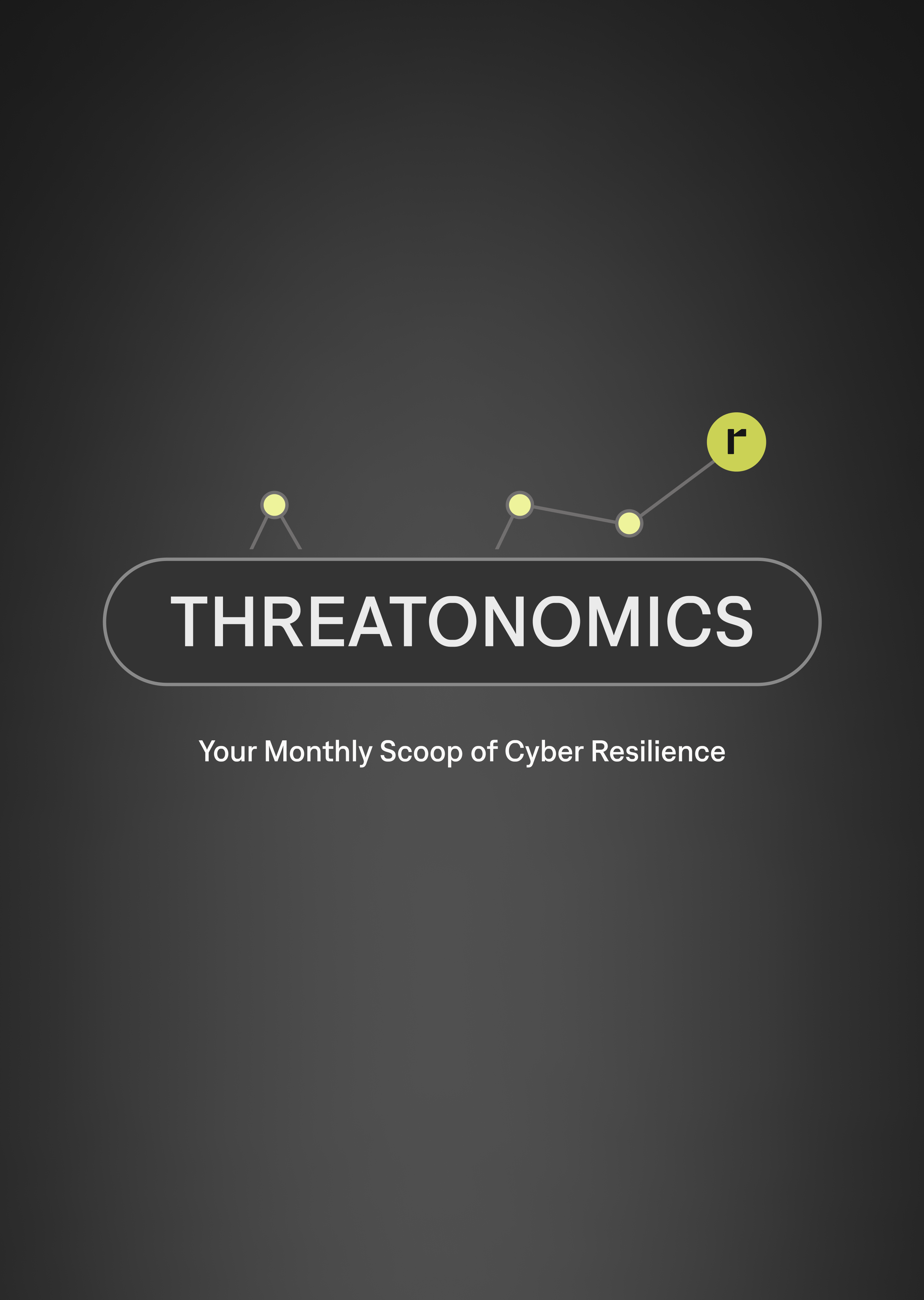
Stay ahead of cyber risk with the latest intel on threats, best practices, and more.
Sign up for our Threatonomics newsletter to get the latest insights from our experts in cybersecurity, insurance, and risk management; all you need to achieve Cyber Resilience.
SubscribeFuture of Dark Web Monitoring in Cybersecurity
As we peer into the future of cybersecurity, the role of dark web monitoring is poised to expand significantly, driven by technological advancements, evolving strategic needs, and complex ethical considerations. Each of these facets plays a crucial role in shaping how organizations will manage and mitigate cyber threats emanating from the less visible corners of the internet.
Technological Advancements
Technological progress in the realm of dark web monitoring is rapidly changing the capabilities of cybersecurity teams. Innovations in artificial intelligence (AI) and machine learning (ML) are at the forefront, offering new ways to parse and analyze the massive data troves hidden in the dark web. These technologies can automatically detect patterns and anomalies that may indicate emerging threats, from new forms of malware to signs of impending data breaches.
Further advancements in encryption technology and the development of more sophisticated anonymizing tools mean that the dark web will become more impenetrable and more extensively used by cybercriminals. In response, cybersecurity firms will likely develop more advanced decryption tools and enhanced network scanning technologies to penetrate this veil of anonymity more effectively.
Strategic Applications
Strategically, the integration of dark web monitoring into broader cybersecurity frameworks is set to increase. Businesses and governments recognize that insights from the dark web can preempt attacks and provide valuable intelligence about cybercriminal behaviors and trends. This intelligence is crucial for developing targeted security measures and refining overall cybersecurity strategies.
In addition to defensive strategies, businesses are exploring how dark web monitoring can inform their competitive strategy. For instance, by understanding what proprietary information or trade secrets might be circulating on the dark web, companies can better protect their intellectual property and maintain their competitive edge.
As part of an integrated security strategy, organizations are beginning to use dark web monitoring to enhance their incident response. Cybersecurity teams can better prepare by understanding the threats discussed or traded on the dark web. They can develop more effective mitigation strategies tailored to their organization’s risks.
Building Resilience with Advanced Cybersecurity Strategies
The future of dark web monitoring looks promising, with ongoing technological advancements improving how businesses can engage with and utilize this data. Integrating dark web data into comprehensive cybersecurity strategies becomes more feasible and effective as these technologies mature.
For companies committed to maintaining robust cybersecurity, leveraging insights from the dark web is becoming essential. The ability to analyze and react to information about potential cyber threats provides a competitive edge and fortifies the company against attacks.
The dark web poses unique challenges and offers unmatched opportunities for enhancing corporate cybersecurity. By adopting sophisticated monitoring tools and integrating the intelligence gathered into their security protocols, businesses can transform potential vulnerabilities into strengths, staying one step ahead of cybercriminals.
Are you curious about learning more about the dark web? You can listen to an episode from our podcast – Data and the DarkWeb. What is it, where is it, and why should we care?



